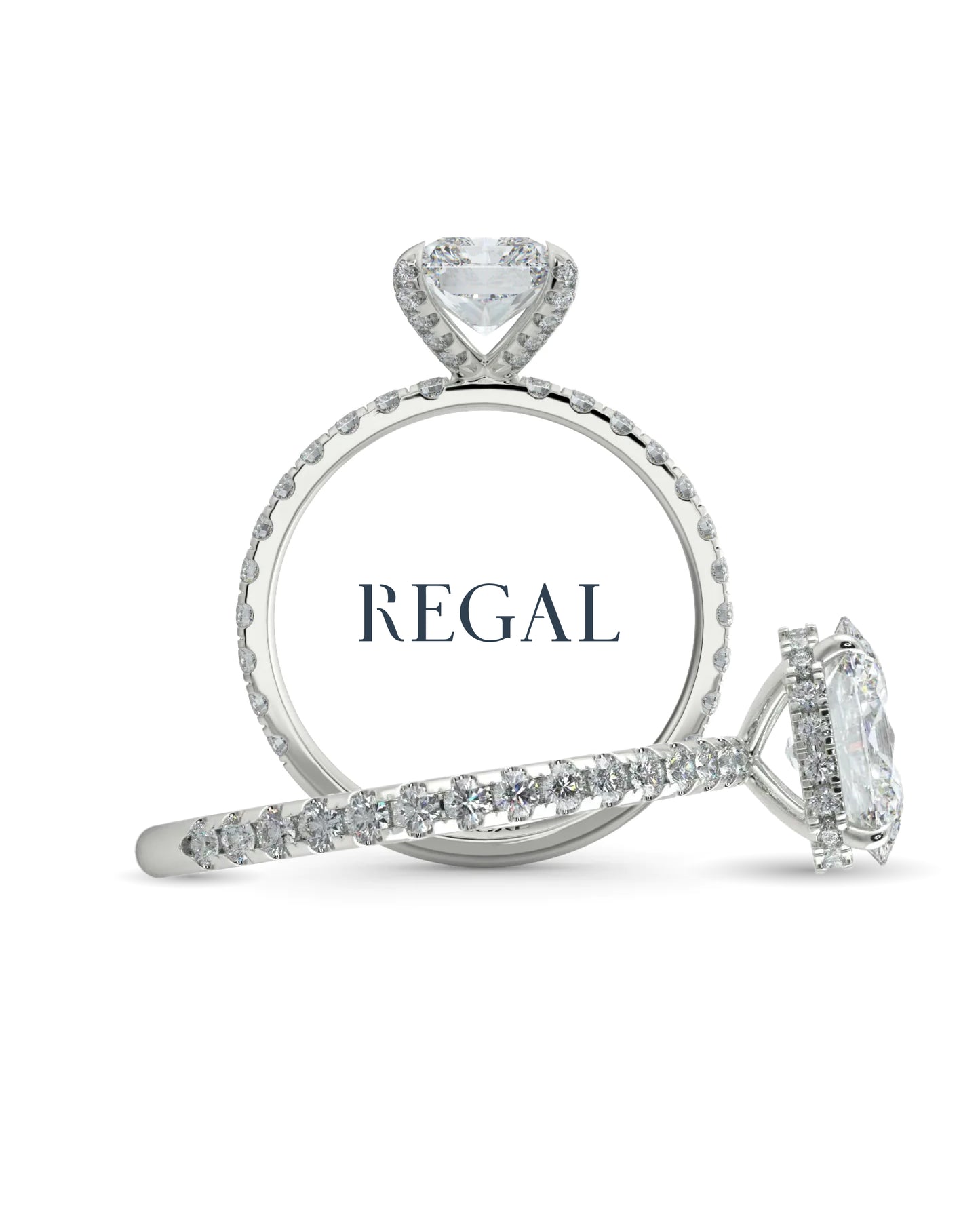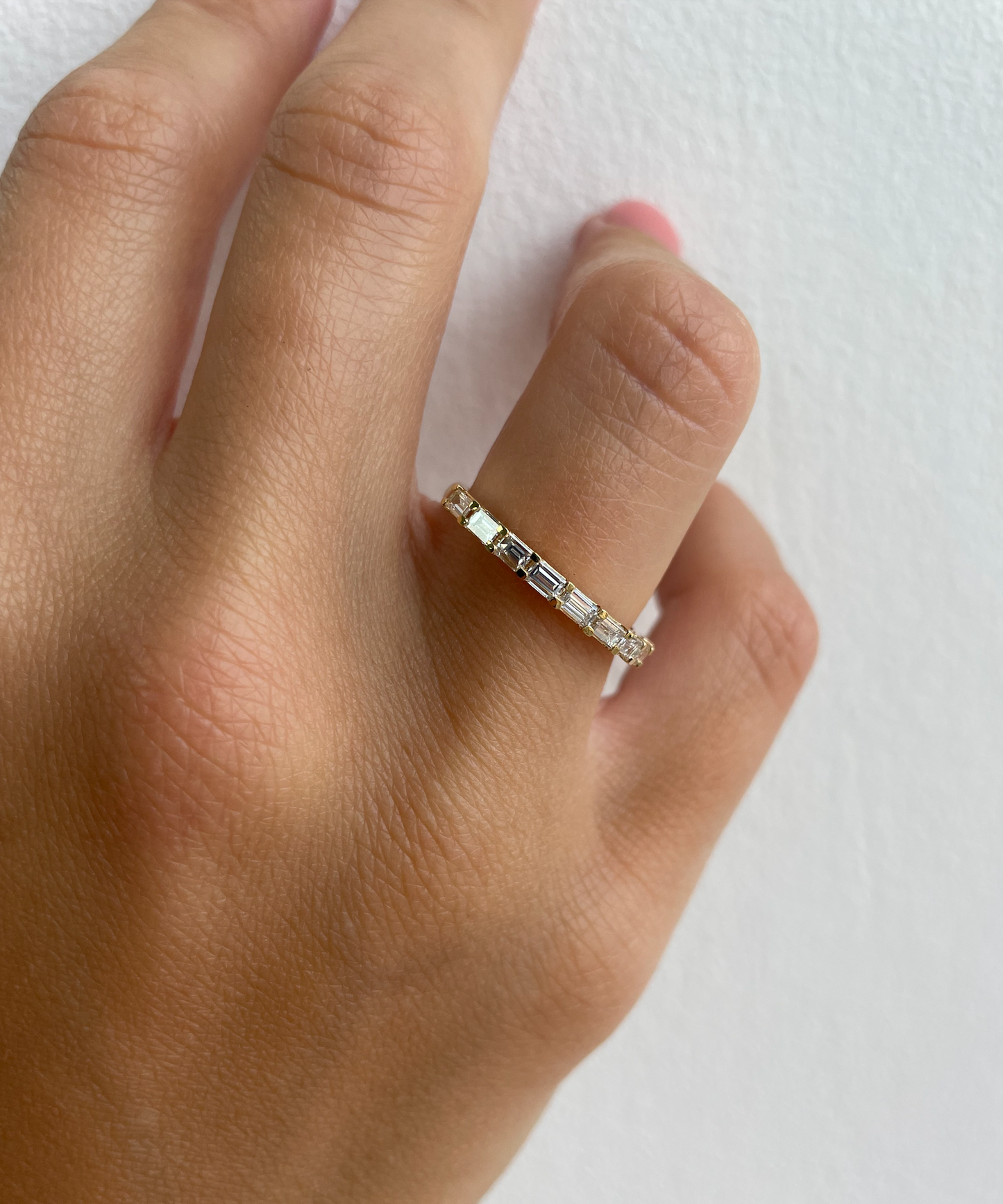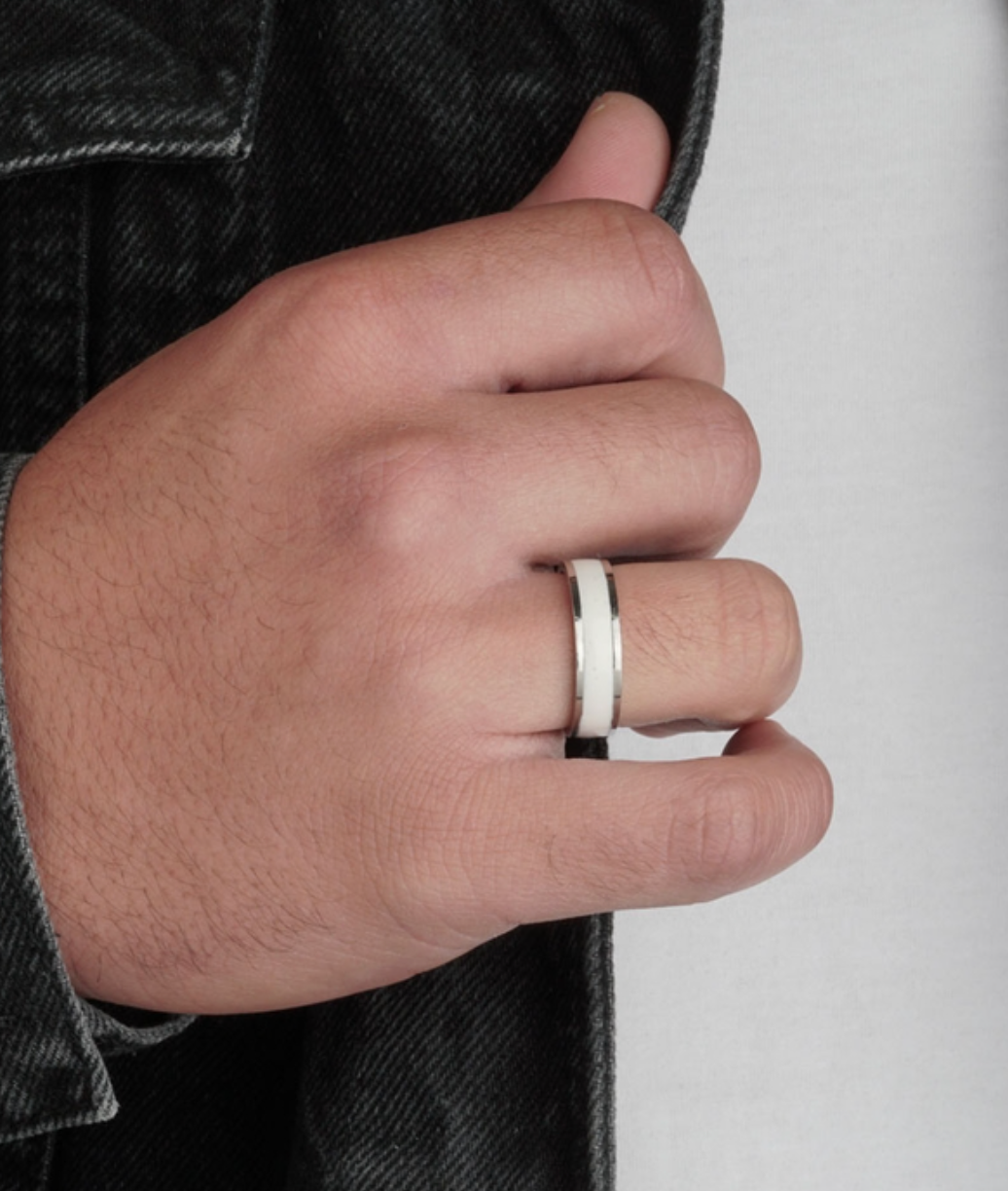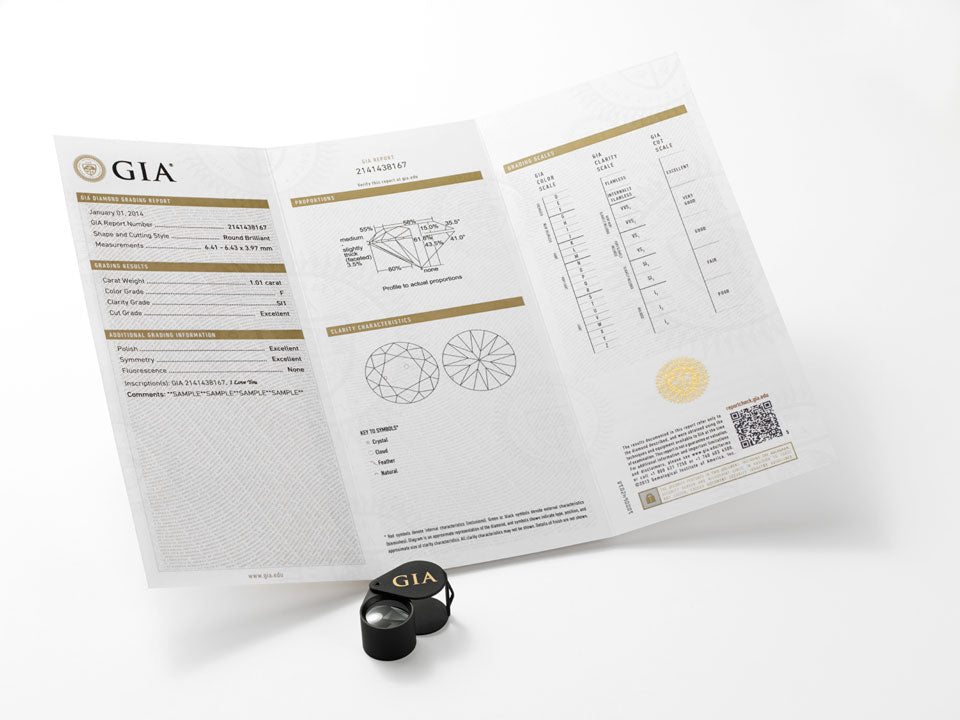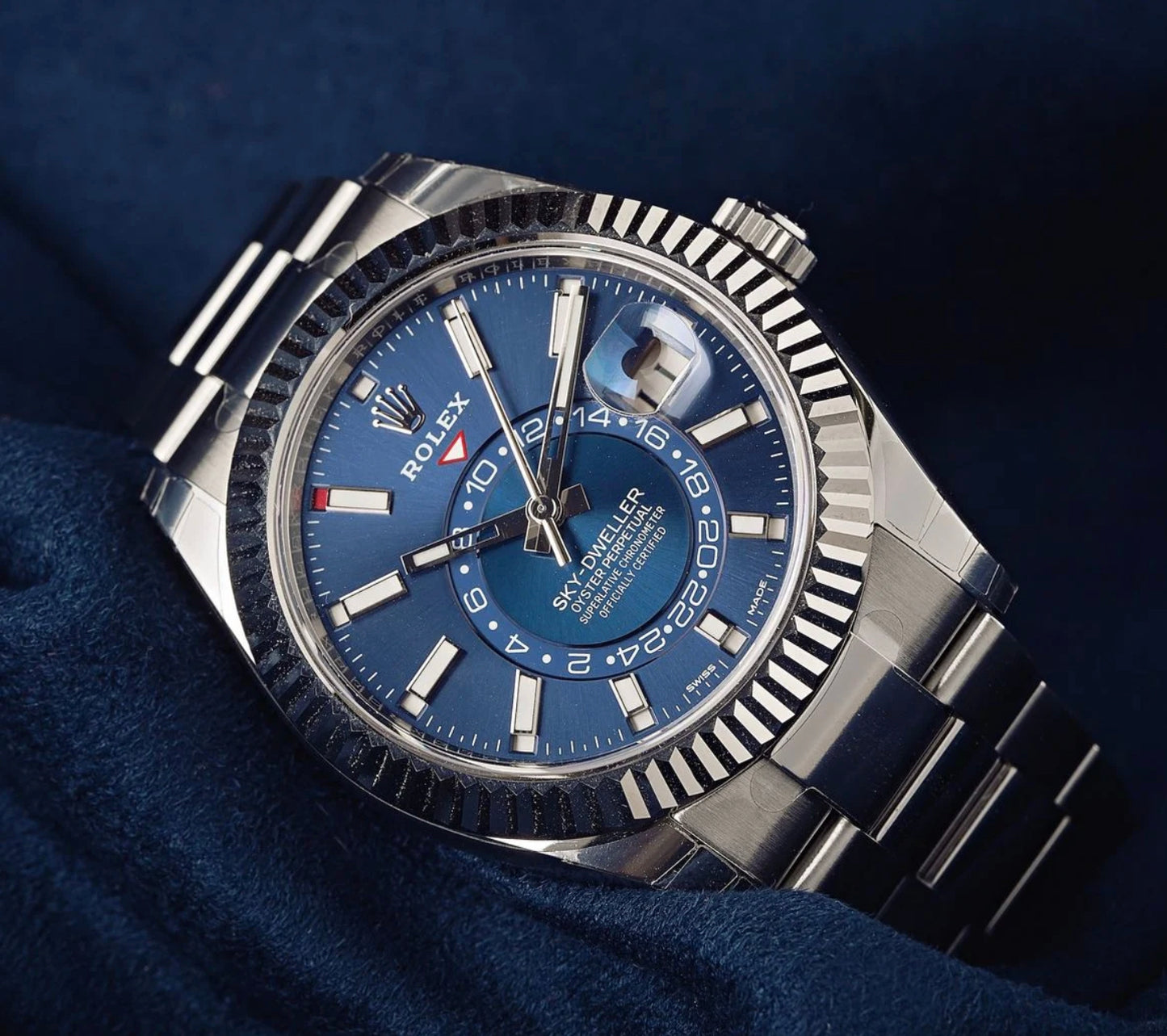This store requires javascript to be enabled for some features to work correctly.
-
Engagement
-
Ready Engagement Rings
Useful Links
-
-
Diamonds
-
Ready Engagement Rings
Useful Links
-




(You have chosen a different setting shape, you will need to replace your ring if you choose this setting.)
Diamond details
The Four C's of your Diamond
Carat Weight:
0.20ct
Carat is a measurement of a diamond’s weight. One carat is equivalent to 200 milligrams, with larger carat weights indicating bigger stones - but remember one carat can appear differently depending on how the diamond is cut. Please see your diamond measurements below.
CARAT WEIGHT
0.30ct
MEASUREMENTS
4.33 × 4.29 × 2.61mm
Colour:
D
Fancy coloured diamonds encompass a spectrum of captivating hues beyond traditional white diamonds. These rare gems come in a dazzling array of colours, including vivid yellows, pinks, blues, greens, and even rare reds and purples. Each coloured diamond obtains its unique hue from various trace elements or structural anomalies during formation, resulting in a breathtaking display of nature's artistry. Admired for their rarity, beauty, and individuality, fancy coloured diamonds are prized for creating exquisite and one-of-a-kind jewellery pieces that capture the imagination and evoke emotions with their mesmerising colours.
Colourless: D - F
Near Colourless: G - J
Noticeable Colourless: K - Z
D: Colourless
A "D" colour grade for a diamond is the highest and most desirable grade on the Gemological Institute of America (GIA) colour scale. Diamonds with a D colour grade are considered "colourless”. D diamonds are exceptionally rare and valuable because they appear completely transparent and devoid of any visible hue. They are often described as "ice-white" or "pure white."
E colour diamonds are just one step below the highest grade, which is "D" for colourless diamonds. They are almost as colourless as D diamonds, with only a faint trace of colour that is typically not noticeable to the naked eye. E colour diamonds are known for their exceptional brilliance and sparkle. They allow a significant amount of light to pass through, which creates a stunning play of colours and a high level of fire.
F colour diamonds are in the near-colourless range, just below the highest grades (D and E) for completely colourless diamonds. They are exceptionally close to being colourless, with a very faint hint of colour that is typically difficult to detect with the naked eye.
G colour diamonds are considered "near-colourless," indicating that they have a slight hint of colour, but it is generally challenging to spot with the naked eye. The presence of colour in G diamonds is subtle and usually only noticeable when compared to higher colour grades. They allow a good amount of light to pass through, resulting in a play of colours, strong fire, and scintillation that contribute to their beauty.
Colour H for a diamond represents a "Near Colourless" grade. While it has a faint hint of colour when compared to the top grades (D, E, and F), it's generally not visibly noticeable to the naked eye.
Colour I for a diamond fall within the "Near Colourless" range. It has a slight hint of colour, but this is typically difficult to detect without close examination.
Colour J for a diamond is considered a "Near Colourless" grade. It has a slight but still subtle hint of colour, which is generally only noticeable when closely examined.
Colour K for a diamond fall into the "Faint Yellow" range. It exhibits a noticeable hint of yellow or colour, which can be visible to the naked eye.
A diamond with a colour grade of L is categorized as having a "Faint Yellow" colour. The presence of this faint yellow tint is typically noticeable, even to the naked eye.
These diamonds would be considered in the "Faint Yellow" or "Very Light Yellow" category indicating the presence of yellowish hue, which becomes more pronounced as you move down the colour scale.
The "N" grade indicates a diamond with a noticeable yellow or brownish tint.
Cut:
Excellent
The cut of a diamond refers to the way the diamond has been shaped, faceted, and polished from its rough, uncut form to its final, polished state. Diamond cut is one of the most critical factors influencing a diamond's overall beauty, brilliance, and value. A diamond's cut involves the creation of many facets, which are the flat, polished surfaces on the diamond's exterior. These facets are strategically placed to increase the reflection and refraction of light, which results in the diamond's brilliance and sparkle
SHAPE: Round Brilliant
CUT GRADE: Excellent
POLISH: Excellent
SYMMETRY: Very Good
Clarity:
Vs1
Diamond clarity refers to the presence of imperfections, called inclusions and blemishes, within a diamond. These flaws can affect the transparency and visual appeal of the diamond. Clarity is graded on a scale from Flawless (no visible imperfections under 10x magnification) to Included (imperfections visible to the naked eye). A higher clarity grade typically corresponds to a more valuable diamond, but inclusions' visibility depends on size and location.
VS1
Flawless diamond has no internal inclusions or external blemishes visible even under 10x magnification. Flawless diamonds are considered pristine and exhibit maximum transparency and brilliance, making them highly sought after for their impeccable quality and beauty.
An Internally Flawless diamond has no internal imperfections or inclusions. When the diamond is examined under 10x magnification, no inclusions are visible, meaning the stone is virtually free from any internal flaws or blemishes. This high level of clarity ensures maximum transparency.
Very, Very Slightly Included is a clarity grade that signifies that the diamond has very minor inclusions or imperfections. Inclusions are internal flaws within the diamond, and in VVS1 diamonds, these inclusions are exceedingly small and challenging to see even under 10x magnification. This means that to the naked eye, VVS1 diamonds appear flawless.
Very, Very Slightly Included is a clarity grade that indicates that the diamond has very minor inclusions or imperfections. These inclusions are extremely small and difficult to see, even under 10x magnification. To the naked eye, VVS2 diamonds appear nearly flawless.
Very Slightly Included is a clarity grade that indicates that the diamond has minor inclusions or imperfections, although they are still relatively small and challenging to see with the naked eye. Under 10x magnification, these inclusions are visible but considered minor in size and number.
Very Slightly Included is a clarity grade that indicates the presence of minor inclusions or imperfections within the diamond. These inclusions are relatively small, though larger or more numerous than those in higher clarity grades like VVS. Under 10x magnification, these inclusions are visible, but they are still challenging to see with the naked eye.
Slightly Included is a clarity grade that indicates the presence of noticeable inclusions or imperfections within the diamond. Under 10x magnification, these inclusions are visible, and some may be seen with the naked eye, though they are typically small and do not significantly impact the diamond's overall appearance.
Slightly Included is a clarity grade that indicates the presence of noticeable inclusions or imperfections within the diamond. These inclusions are visible under 10x magnification, and some may even be visible to the naked eye. In SI2 diamonds, the inclusions are typically larger or more numerous than those in higher clarity grades like SI1.

We are your premier jeweller situated in the renowned Hatton Garden of London. Our expertise lies in crafting custom engagement rings, featuring both certified natural and lab-grown diamonds, wedding bands, and a diverse selection of luxury watches. At the core of Regal is a fervent dedication to delivering unparalleled customer service, coupled with impeccable craftsmanship and competitive pricing. Our commitment extends to understanding and fulfilling each client's unique desires and needs, ensuring the utmost care in every interaction.


